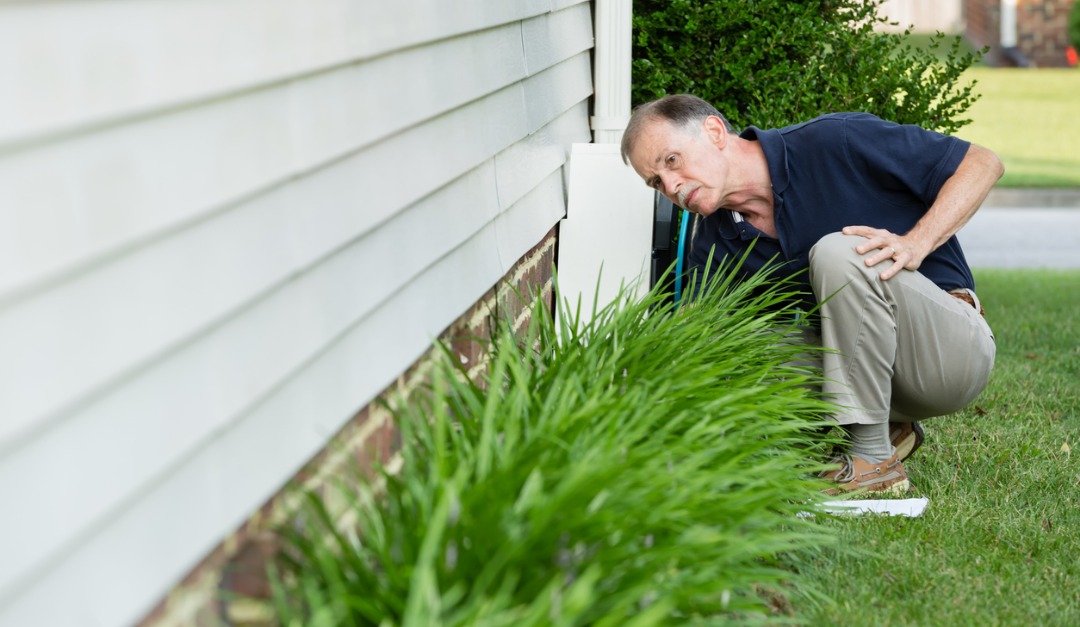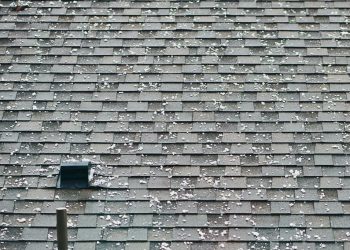Pay attention to cracks in walls or in your house’s foundation. Although not all cracks are signs of a major structural problem, some can indicate that your house is, or will become, unsafe.
Cracks in Walls
Settling often causes cracks in walls. Cracks can also form if a house is vacant and not climate controlled for a period of time. Framing members and drywall can expand and contract, which can cause cracking.
Cracks in drywall can usually be fixed by re-taping the joints. If you see discoloration around the edge of a crack, that means there is a leak. You will have to address the source of the leak before you fix the crack.
A large crack that runs diagonally or in a jagged pattern can be a sign of a serious foundation problem or termite damage. In that case, have a builder or engineer inspect your home.
Foundation Cracks
It’s common for cracks to form in the foundation of a newly built house because concrete shrinks as it cures and as the house settles. Cracks that are caused by settling are usually narrow and vertical or diagonal. A wider crack, a crack that is wider at the top than at the bottom or one that changes direction can have another cause and indicate that you have a serious foundation problem.
Vertical cracks are typically easy and inexpensive to repair. A urethane or epoxy material can be injected into a crack to seal it.
Diagonal cracks are often wider at one end than at the other. They usually form when one part of the foundation settles faster than the other, when a house is built on a hill or when soil expands or contracts in one area.
Fixing a diagonal crack will often be more expensive than repairing a vertical one. In addition to fixing the crack itself, you will have to address the problem that caused the crack.
A horizontal crack in the foundation is a sign of a potentially serious issue. Horizontal cracks typically occur in houses with concrete block or brick foundations caused by pressure from water or soil. Horizontal cracks should be repaired immediately.
Foundation problems can usually be repaired with underpinning and hydraulic lifting. In some instances, the foundation has already collapsed and the damage cannot be fixed. In other cases, the cost to repair the foundation would not add enough to the value of the house to make the expenditure worthwhile.
Monitor Cracks and Call a Professional If Necessary
If you notice a crack in your house’s wall or foundation, note its size and direction. If a crack is small, keep track of its size to see if it gets larger. You can measure it and take notes or use a pencil to mark its length on a series of dates to see if it spreads. If you see a horizontal crack, signs of a water leak or another potentially troubling sign, consult a builder or engineer.











